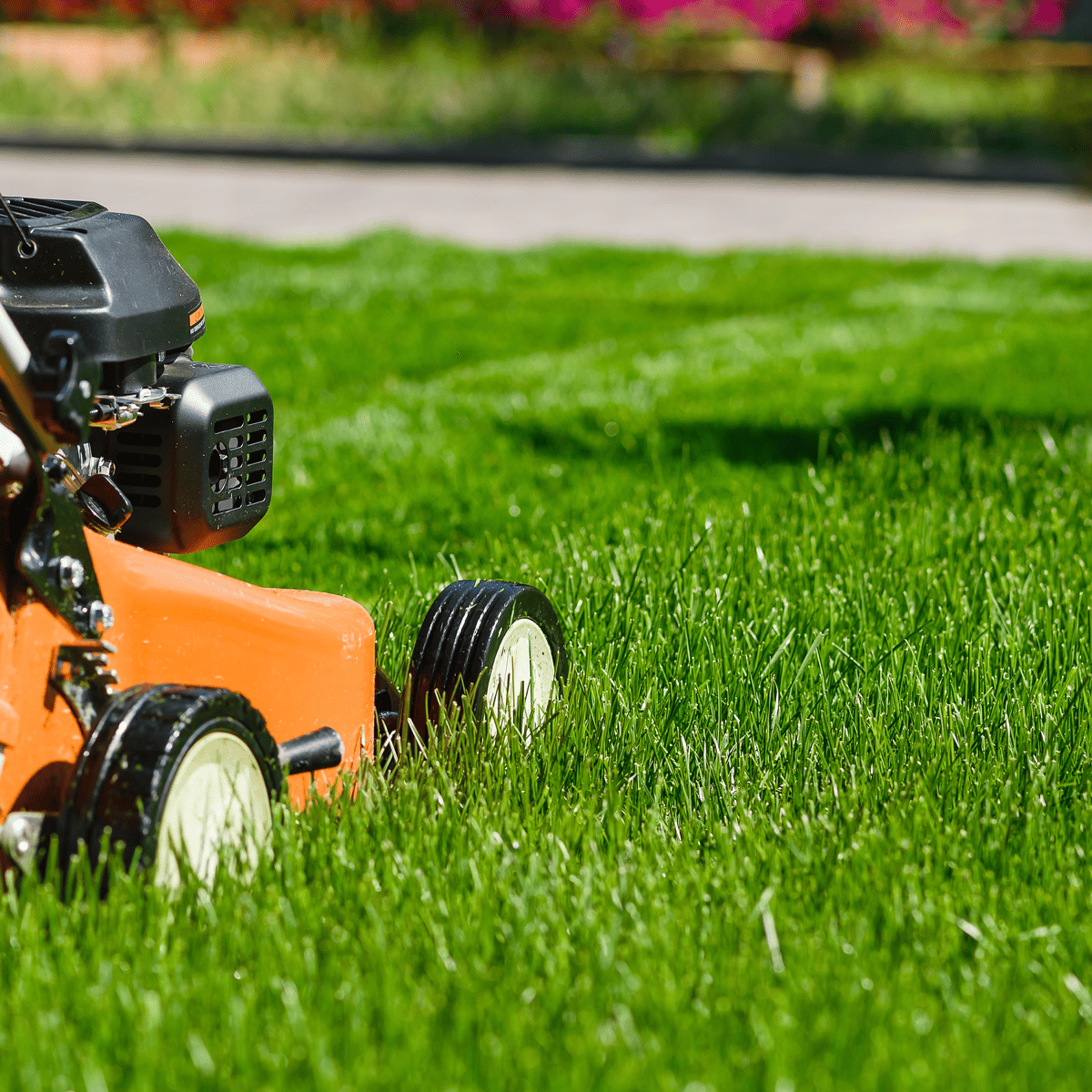Subscribe and save 17% with an annual subscription. Learn more.
Mowing your lawn may seem like a simple task, but doing it right can make a big difference in the health and appearance of your grass. In Australia, where climate conditions vary greatly—from the tropical north to the arid interior—knowing how and when to mow your lawn can help keep it lush, green, and resilient throughout the year.
At Wirri, we believe that a well-maintained lawn starts with proper mowing practices. In this blog, we’ll share some essential lawn mowing tips tailored to Australian lawns that will help you get the best results for your grass.
One of the most common mistakes people make when mowing their lawn is cutting the grass too short. While a short, tidy lawn might look neat at first, scalping the grass can actually damage its health, making it more vulnerable to stress, weeds, and pests.
Why Mow Higher?
Ideal Mowing Height:
By mowing high, you’ll ensure that your lawn stays greener and healthier, even in challenging conditions.

The One-Third Rule is a simple but essential guideline for mowing your lawn: never cut more than one-third of the grass blade length at a time. Cutting too much grass at once can stress the lawn, making it more susceptible to diseases, pests, and drought.
Why It Works:
How to Apply It:
By gradually cutting your grass, you allow it to recover and stay strong, reducing the risk of lawn stress.
Mowing your lawn in the same direction every time can cause the grass to lean in one direction, leading to uneven growth and potential soil compaction. Changing your mowing pattern helps your grass grow upright and prevents soil from becoming compacted.
Why It’s Important:
How Often to Change Direction:
Dull mower blades tear and shred the grass, rather than giving it a clean cut. This can leave your lawn looking ragged and more prone to diseases. Sharpening your mower blades regularly ensures a clean, even cut every time you mow.
Why Sharp Blades Matter:
How Often to Sharpen Blades:
Mowing wet grass can lead to several problems, including an uneven cut, clumping, and even damage to your mower. It’s best to mow when your lawn is dry to ensure a cleaner, healthier cut.
Why Mow Dry Grass?
When to Mow:

After mowing, leaving the grass clippings on your lawn can provide several benefits, a practice known as mulching. The clippings break down quickly, returning valuable nutrients to the soil and helping to retain moisture.
Benefits of Mulching:
Mulching Tip:
Your lawn’s growth rate will vary throughout the year, so it’s important to adjust your mowing schedule according to the season.
By adjusting your mowing schedule to match the season, you’ll avoid overcutting and help maintain a healthier lawn.
If you’re planning to aerate your lawn—a key task for keeping your soil healthy and allowing air, water, and nutrients to reach the roots—do it before you mow. Aerating first loosens the soil and allows the mower to cut the grass more evenly.
Why Aeration Helps:
Mowing may seem like a simple task, but doing it the right way can make a world of difference for your lawn. By following these mowing tips—keeping the blades high, mowing in different directions, leaving clippings on the lawn, and adjusting your schedule based on the season—you’ll be well on your way to maintaining a healthy, lush lawn that thrives in Australia’s diverse climate.
At Wirri, we’re here to help you every step of the way with eco-conscious lawn care products and expert advice. Whether you’re new to lawn care or a seasoned pro, our subscription service provides the tools and guidance you need to achieve the best results for your lawn, with less hassle.
Ready to take your lawn care routine to the next level? Join the Wirri community today, and let us help you grow a greener, healthier lawn!
For more lawn care tips and seasonal advice, follow the Wirri blog. Stay tuned for updates!
Stay in the loop with special offers, lawn care tips, and more.


Wirri supports Trillion Trees Australia, the UN Sustainable Development Guide and Pledge 1% among other progressive initiatives.
Wirri acknowledges the Australian Aboriginal and Torres Strait Islander Peoples as the first inhabitants of this nation and the traditional custodians of the lands on which we live, work, and care for our environment. We recognize their continuing connection to land, water, and sky and pay our respects to Elders past, present, and emerging.